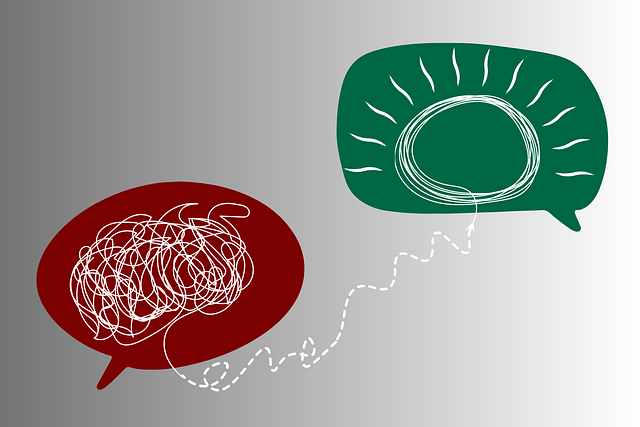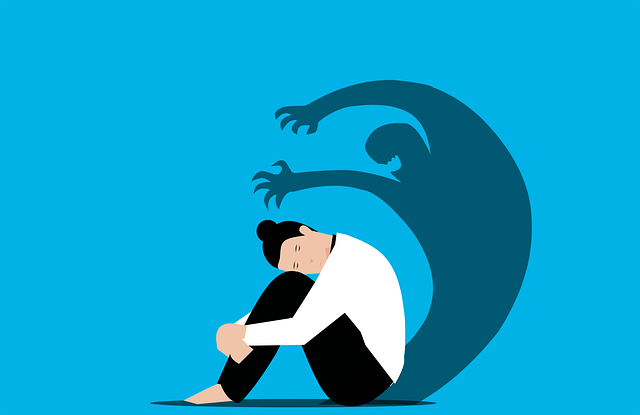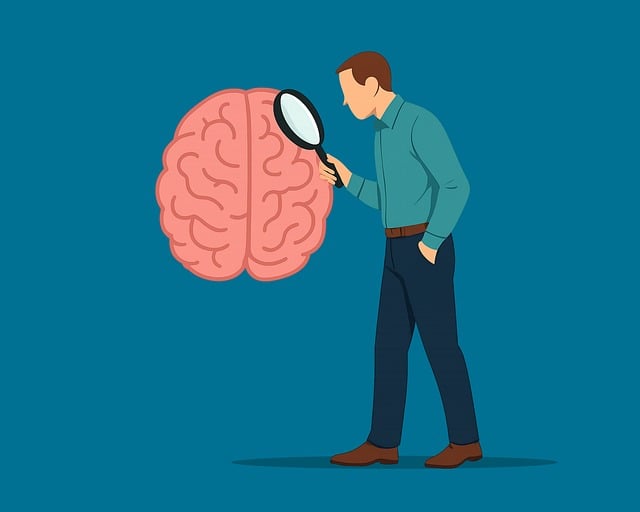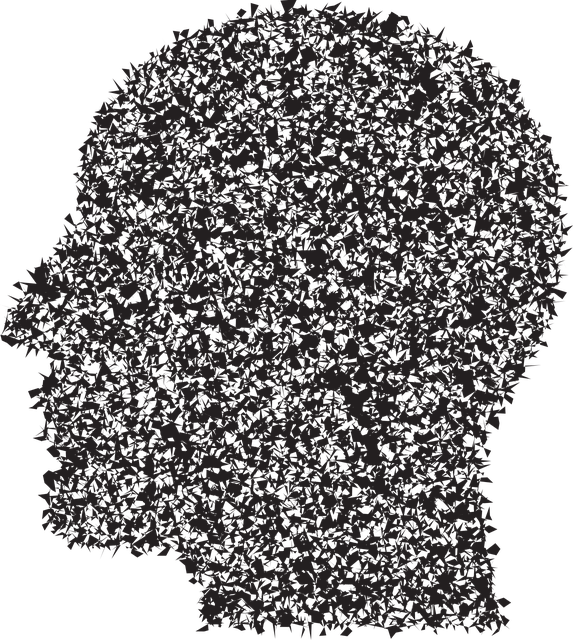Effective therapy for pain management integrates psychotherapy, cognitive behavioral therapy (CBT), mindfulness meditation, journaling, and non-invasive practices like yoga and acupuncture. These holistic approaches target mental wellness, challenging negative thought patterns, promoting present-moment awareness, and fostering resilience. By combining these strategies, individuals gain control over their pain experience, boost self-esteem, reduce anxiety, and improve overall quality of life.
Mood regulation strategies are essential tools in managing chronic pain. This comprehensive guide explores various techniques designed to alleviate suffering and enhance quality of life. We delve into the science behind mood regulation and its direct link to effective pain management. From cognitive behavioral therapy (CBT) to non-invasive practices like mindfulness and relaxation, discover a range of powerful strategies that can transform your approach to dealing with pain.
- Understanding Mood Regulation and Its Link to Pain Management
- Cognitive Behavioral Therapy (CBT): A Powerful Tool for Emotional Control
- Non-Invasive Techniques: Mindfulness, Relaxation, and Alternative Therapies
Understanding Mood Regulation and Its Link to Pain Management

Understanding mood regulation is key to effective pain management. Our emotions play a significant role in how we perceive and respond to physical discomfort. In many cases, chronic pain is exacerbated by negative moods like anxiety or depression. Therapy for pain management often includes strategies aimed at improving mental wellness and mood management. This two-pronged approach recognizes the intricate connection between our emotional state and our capacity to cope with pain.
By integrating techniques from psychotherapy and self-care routine development for better mental health, individuals can gain a sense of control over their pain experience. Self-care practices, such as mindfulness meditation or journaling, can help cultivate a positive mindset, thereby reducing the intensity of pain signals sent to the brain. This holistic approach to pain management not only alleviates symptoms but also enhances overall quality of life.
Cognitive Behavioral Therapy (CBT): A Powerful Tool for Emotional Control

Cognitive Behavioral Therapy (CBT) is a highly effective tool in the realm of mood regulation strategies, offering profound benefits for emotional control and overall mental well-being. This therapy focuses on identifying and challenging negative thought patterns that contribute to feelings of distress, depression, or anxiety. By understanding how thoughts influence emotions, individuals can learn to manage their moods more effectively. CBT equips people with practical coping mechanisms, encouraging self-reflection and self-care routine development for better mental health.
One of its key strengths lies in enhancing self-esteem improvement by empowering individuals to reframe negative perspectives. Through cognitive restructuring techniques, therapy helps patients replace unhelpful beliefs with realistic and positive thinking. This shift in perspective enables folks to navigate challenging situations more adaptively, fostering resilience and promoting a sense of empowerment. In light of these benefits, CBT stands out as a powerful approach in the therapy for pain management, offering lasting solutions that go beyond symptom relief.
Non-Invasive Techniques: Mindfulness, Relaxation, and Alternative Therapies

Non-invasive techniques have gained significant popularity as effective mood regulation strategies, offering alternative solutions to traditional medical interventions. Mindfulness meditation and relaxation practices have been at the forefront of this movement, helping individuals manage stress and emotional well-being. By fostering a sense of calm and present-moment awareness, mindfulness can significantly reduce symptoms associated with anxiety and depression. This ancient practice has modern applications, especially in the context of pain management, where it complements medical therapies for a holistic approach to healing.
Additionally, alternative therapies like acupuncture, yoga, and biofeedback have shown promise in mood regulation. These methods often address underlying physical tensions and emotional conflicts simultaneously. For instance, certain community outreach programs have successfully integrated mindfulness meditation and conflict resolution techniques, providing individuals with tools to manage stress and resolve interpersonal issues non-invasively. Such comprehensive approaches not only enhance mental health but also improve overall quality of life.
Mood regulation strategies play a pivotal role in managing pain effectively. By understanding the link between emotional control and physical discomfort, individuals can explore diverse approaches such as Cognitive Behavioral Therapy (CBT) and non-invasive techniques like mindfulness and relaxation. These tools empower folks to navigate their emotions and find lasting relief, offering a holistic therapy for pain management. Incorporating these strategies into daily life can foster resilience, enhance well-being, and transform the way one perceives and copes with pain.














